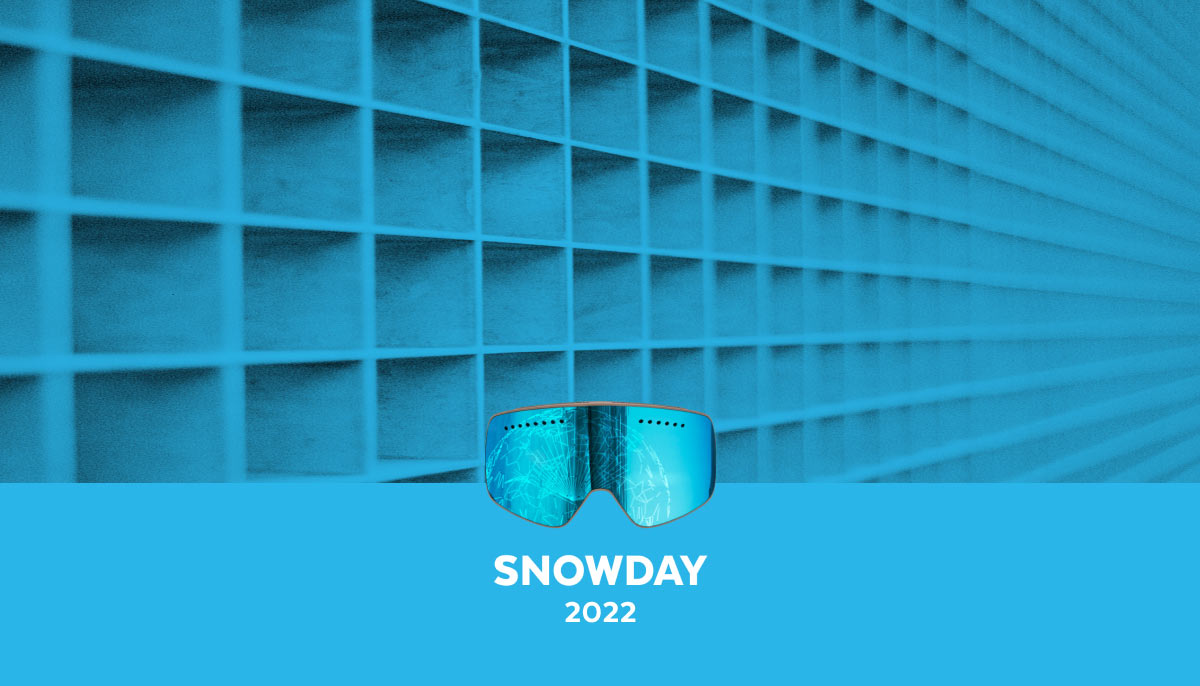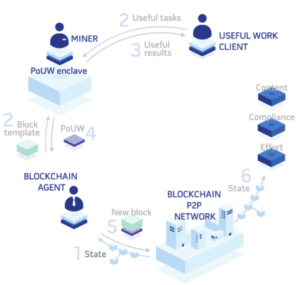
Operating globally is now the norm for many organizations, but it can come with many challenges. To collaborate over data requires building and maintaining pipelines, and potentially long wait times to even get access to the data. Data governance becomes harder to implement and enforce consistently across different regions and clouds. And on top of that, you need to ensure that you can operate without disruption, even in the event of an outage or failure.
Enter Snowgrid. Snowgrid is Snowflake’s cross-cloud technology layer, which interconnects your business’ ecosystems across regions and clouds, enabling you to overcome these challenges and operate at global scale. Snowgrid empowers organizations with one seamless and connected experience across globally distributed teams to collaborate more efficiently, unify governance to comply with regulations, and easily replicate more than just data for increased business continuity.
“A key pillar and principle of the Data Cloud is ‘global,’” explains Artin Avanes, Director of Product Management at Snowflake. “This means that you get the same platform, the same product experience—including the same security and governance capabilities—and that it runs the same way across 35+ cloud regions and the three major cloud providers: AWS, Azure, and Google Cloud.”
At this year’s Snowday, Snowflake announced new Snowgrid capabilities covering cross-cloud collaboration, cross-cloud data governance, and cross-cloud business continuity.
Cross-cloud collaboration
Historically, to collaborate on data, users had to move it across environments, grabbing files from FTP servers, scraping APIs, using ETL tools, or setting up different data marts to grant teams access to data. These data pipelines were costly and time-consuming to build and maintain. They were also unsecure, because once the data moved, it was out of the user’s control.
With Snowflake’s Snowgrid technology, organizations can share live, ready-to-query data—along with data services and applications—across clouds and across regions without any ETL. In practice, this means that when data providers share data with global business ecosystems, this data will now be automatically available and actionable for consumers, no matter their region or cloud.
“Snowgrid as the underlying technology that powers Snowflake’s collaboration is completely redefining how data is shared and securely accessed between different regions and across different clouds,” says Avanes. “And thereby, all security controls such as data access policies or tags defined by the user required to classify and protect sensitive data will be applied to the involved data sets.”
Snowflake unveiled new enhancements to Snowgrid’s cross-cloud collaboration that increase the flexibility customers have when sharing listings, including:
- Listing Discovery Controls, now in public preview, give data providers fine-grain controls, enabling providers to list data publicly or privately, making it easier to share and collaborate internally and externally while preserving privacy. Providers can customize listings and offer usage-based pricing, while consumers gain greater visibility into listings thanks to usage and query examples and categorizations.
- Cross-Cloud Auto-fulfillment, now in public preview, allows providers to make data immediately accessible and up-to-date for consumers, without manual intervention, regardless of which region or cloud customers are located in. Providers can choose which regions they want to fulfill automatically as demand arises.
- Provider Studio Analytics, now in public preview, gives providers access to robust programmatic and visualized insights to better understand how data listings are accessed and used, which can in turn help providers deliver improved offerings and customer experiences.
Cross-cloud data governance
To achieve governance over an organization’s entire data estate, customers need the ability to know, protect, and connect their data ecosystem. Snowflake’s cross-cloud data governance simplifies governance at scale, ensuring that organizations comply with international regulations and have unified visibility across their ecosystem.
Newly unveiled cross-cloud governance capabilities will let customers more effectively leverage Snowflake’s native governance capabilities and platform optimizations as they secure and protect their data at a global scale. These new improvements include:
- Tag-based masking, now generally available, which automates policy assignment to sensitive columns using tags, further strengthening data protection and simplifying policy change management at scale.
- Accelerated searches on data with Masking and Row Access Policies: Now in private preview, Search Optimization Service supports tables withmasking and row access policies so customers can take full advantage of Snowflake’s performance while maintaining privacy and compliance. (Learn more about performance enhancements to Snowflake’s Search Optimization Service here.)
“No matter the cloud, region, or workload, you get consistently enforced policies and protections that follow the data,” Avanes says. “And with rich integrations through Snowflake’s Data Governance Accelerated program, you can better manage and connect to all of your data without additional configurations and script-based workarounds. This all comes together to ensure your business and teams can still get value from even sensitive data. You can unlock new ways to collaborate over this data while preserving privacy and security.”
Cross-cloud business continuity
To further simplify global operations, Snowflake announced new enhancements to Snowgrid that enable customers to replicate data and more across clouds and regions, unlocking greater resiliency and minimizing business disruptions in the event of a disaster. These new advancements include:
- Seamless pipeline failover: Snowflake customers can already replicate accounts, databases, policies, and metadata. Now, customers will be able to replicate Streams and Tasks (in public preview), so data pipelines can seamlessly work on secondary Snowflake accounts.
- Streamlined configurations: Customers will be able to easily set up, manage, and failover account replication through an intuitive UI (in private preview), including the ability to streamline configurations for sources, destinations, replication objects, and replication intervals.
“With Snowgrid, you’re now able to maintain business continuity at new levels,” Avanes says. “You can now replicate and synchronize not only databases but also accounts and data pipelines for resiliency, durability, and failover by choice or in a stressed event. Snowgrid even lets you keep up with changing regulations through regional locality controls and the ability to completely migrate between clouds as needed.”
Snowgrid and all its capabilities around cross-cloud collaboration, data governance, and business continuity are part of Snowflake’s single, unified platform. For our customers, this means a unified experience across clouds and regions, so you can protect data at cloud scale, operate more efficiently, and collaborate globally in new ways to further mobilize your data.
These are just some of the innovations announced at Snowday. Learn more about the performance enhancements made to the Snowflake platform here.



